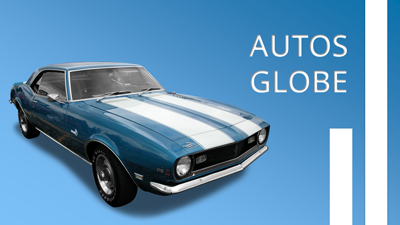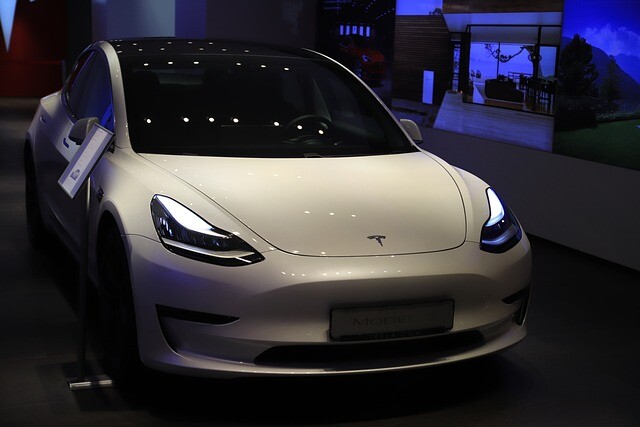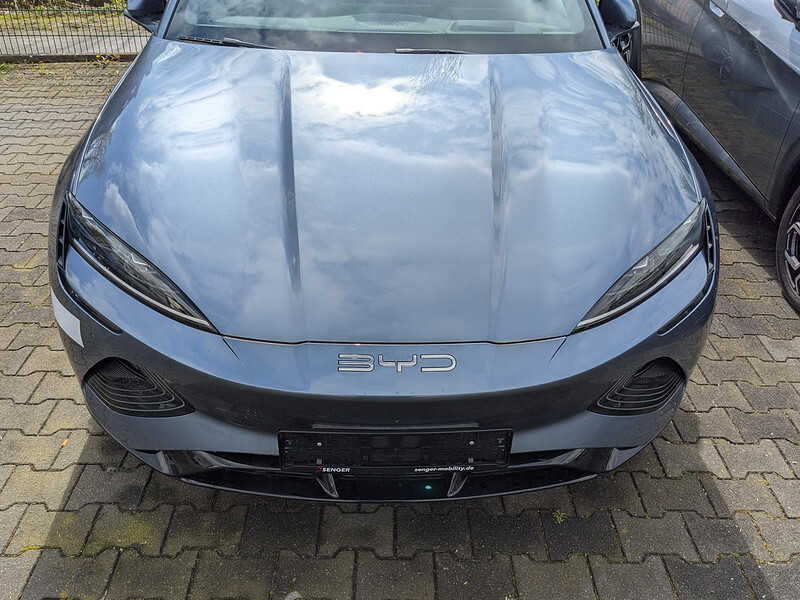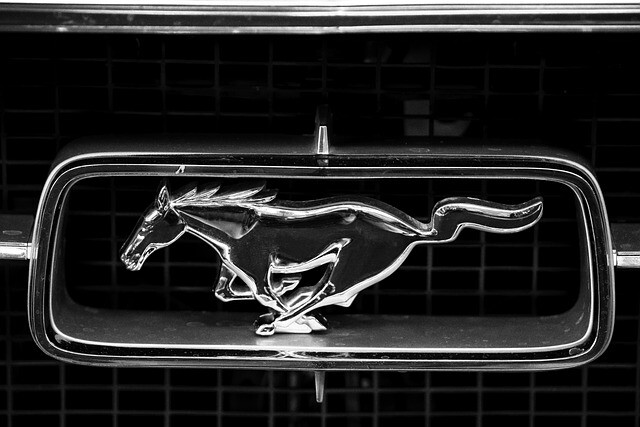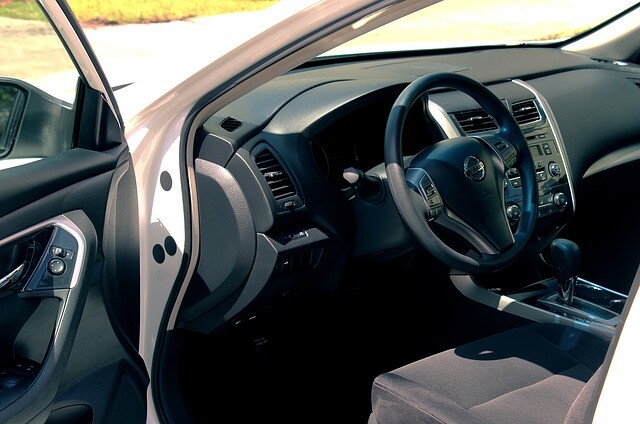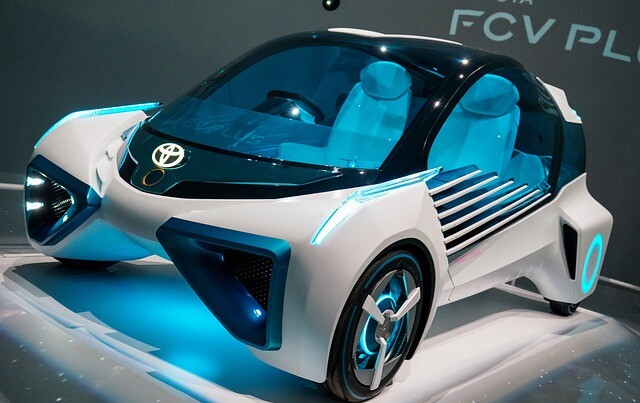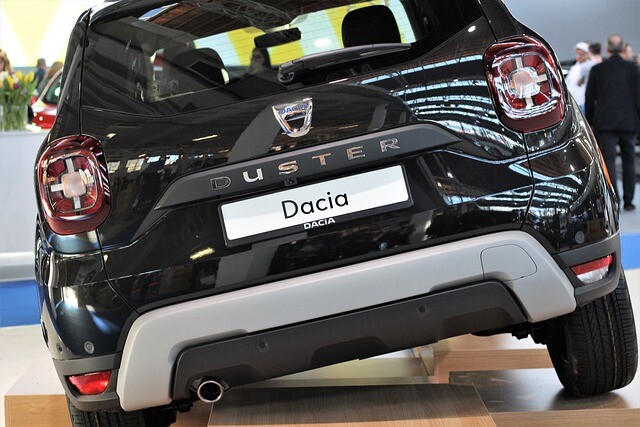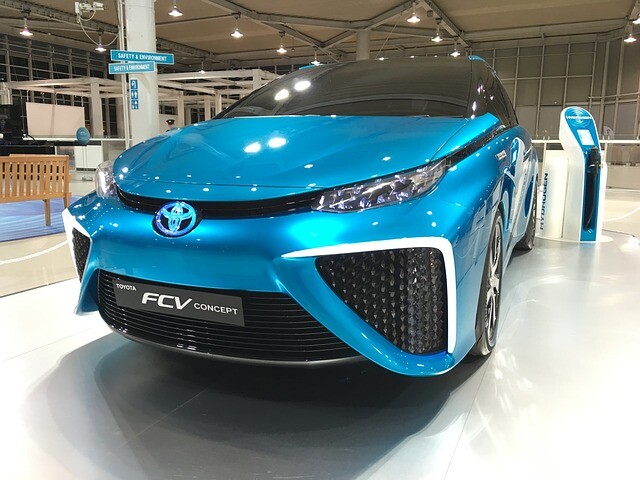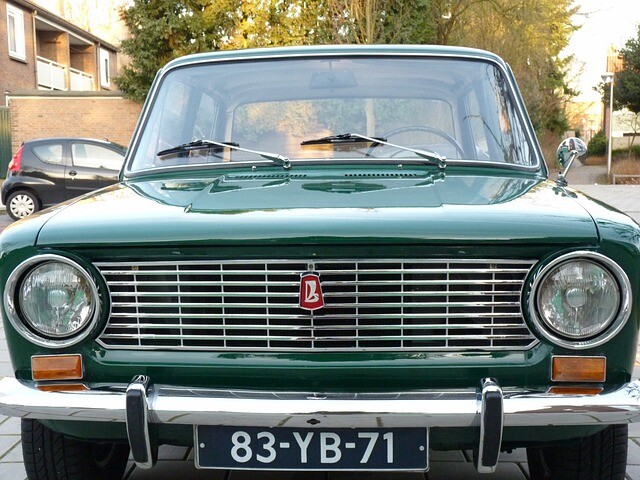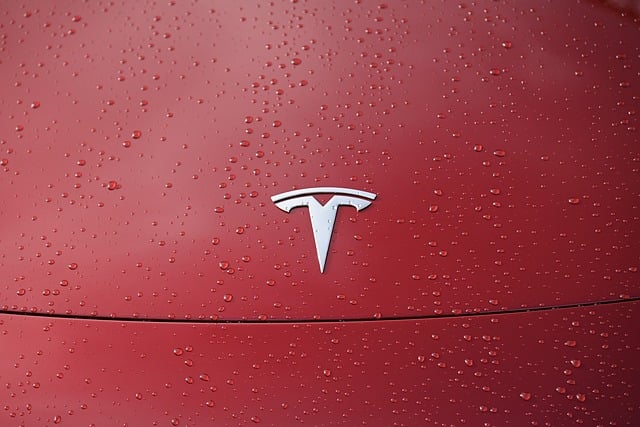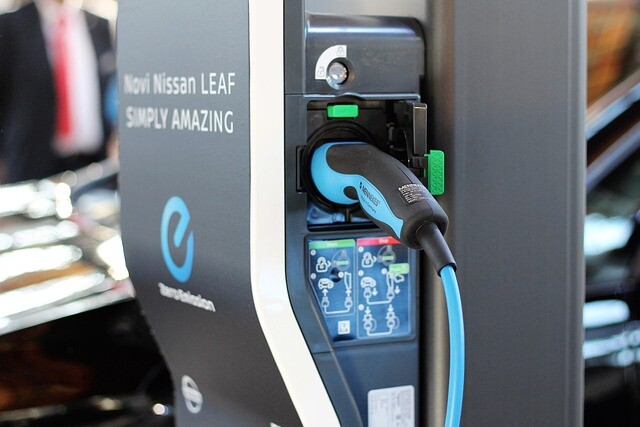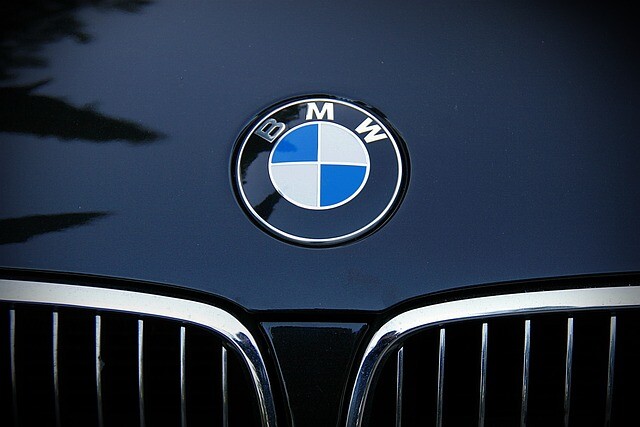Peugeot e-208
If you’re afraid that battery-powered vehicles are a problem in an emergency, you can sit back now: good construction can be the same as a conventional car.

From weight distribution to chassis adjustment to tire grip, much affects a car’s maneuverability. With a car that behaves predictably and harmoniously, we can drive more confidently and calmly: a vehicle with certain driving dynamics reserves reacts more stably at a given speed - or can perform the same maneuver faster from where we are looking.
Predictability is no problem with internal combustion motorized cars for those with some experience. However, electric cars are different in many ways. Thanks to the battery, which is typically placed between the axles, in the floor or under it, their mass is concentrated in a deep, concentrated manner. This is good because they are more stable. However, due to the battery, these vehicles are up to two to three hundred kilograms heavier, therefore their mobility and ability to change direction is reduced.
This, of course, is merely a theory that practice must prove or disprove. There is nothing more suitable for this than the moose test. This genre was originally developed in the Scandinavian markets, where moose wandering are a real danger. In continental Europe, there is no need to be afraid that more gnarled animals will stand in our way, but a sudden braking car, unexpectedly stopping traffic or a last-minute pit can force us to avoid trouble at any time with a sudden steering motion.
During the moose test, each car travels in a buoy corridor that is scaled proportionally to it, then the pilot conducting the test takes the gas, “moves to the other lane,” and then back to his own. The exercise is performed at a gradually increasing rate; the result for each type is the highest initial speed (measured at the time of gas take-off) at which the buoys can complete the track without touching.
The test-type website, km77.com, recently interrogated the Peugeot e-208 after the city small car’s gasoline-powered brother had previously performed well on the same challenge.
The car couldn’t deny the extra weight of the battery pack, which has a stabilizing effect to prevent sudden changes of direction - although it slipped through the buoys with unexpected dynamics during the slalom as part of the test. At the same time, the deep center of gravity is a guarantee that the worst will not happen: a high-rise vehicle will reach its limit of performance and will simply overturn during the evasive maneuver.
(Source: vezess.hu / photo: pexels.com)
